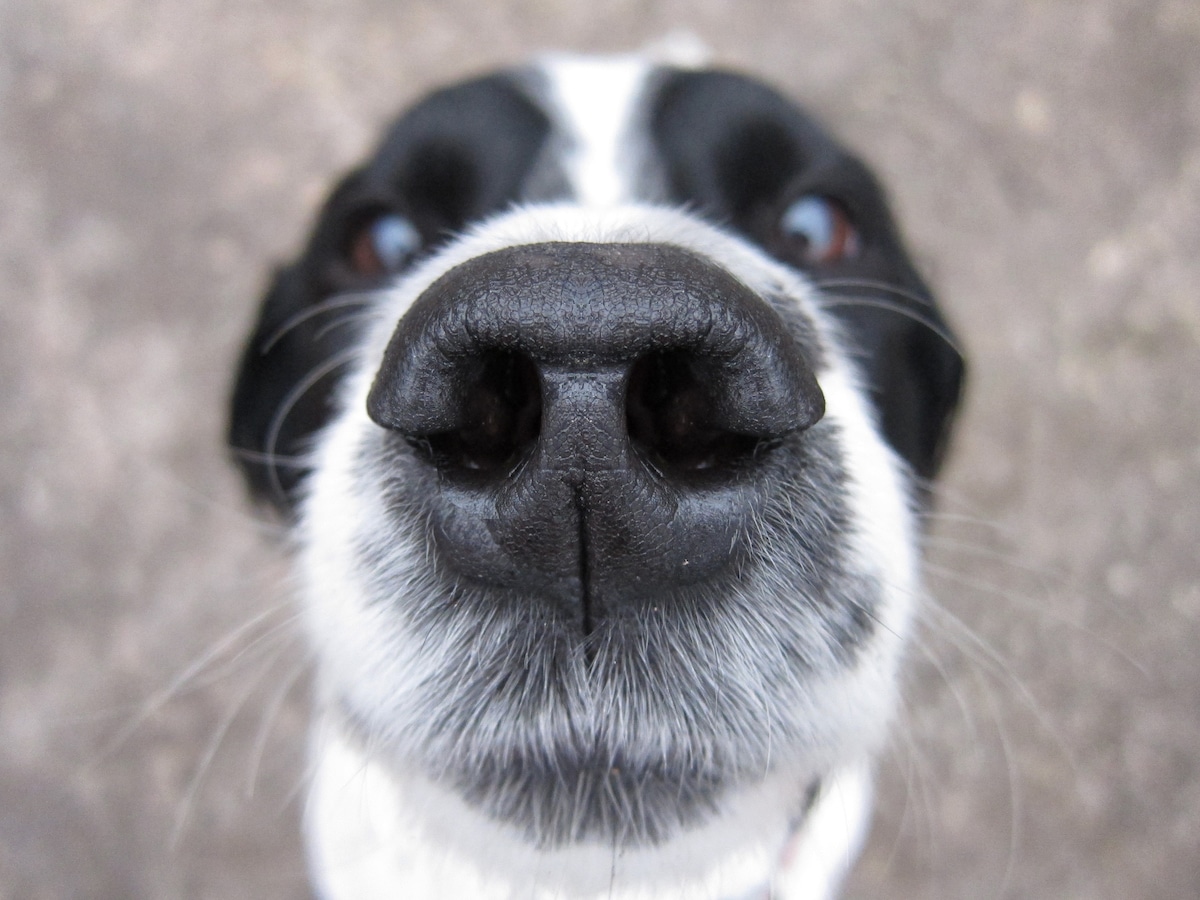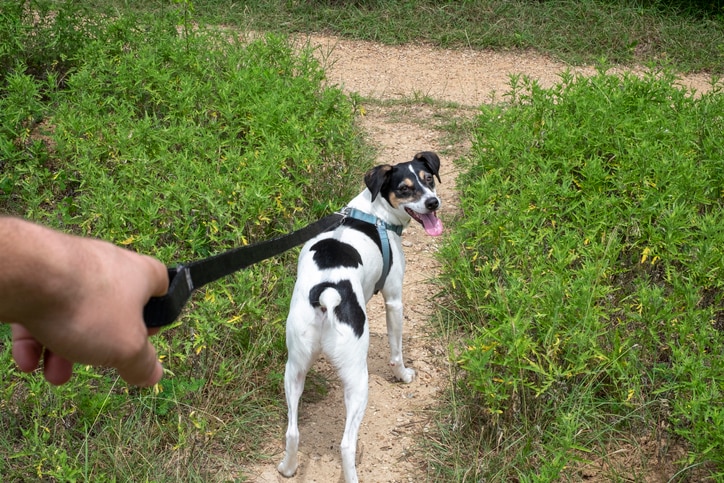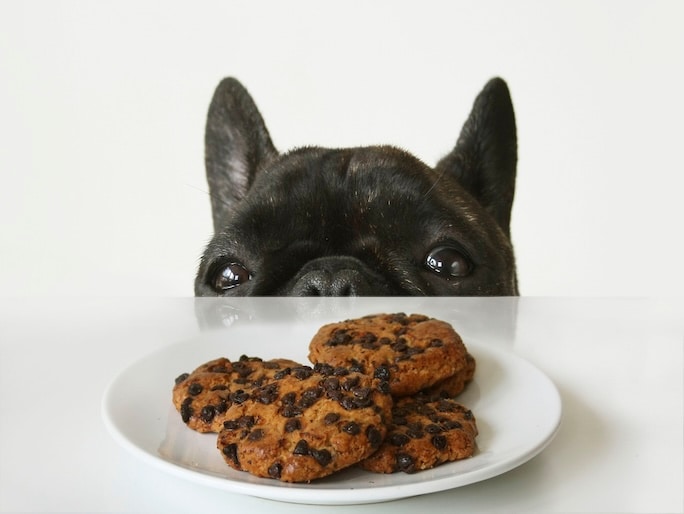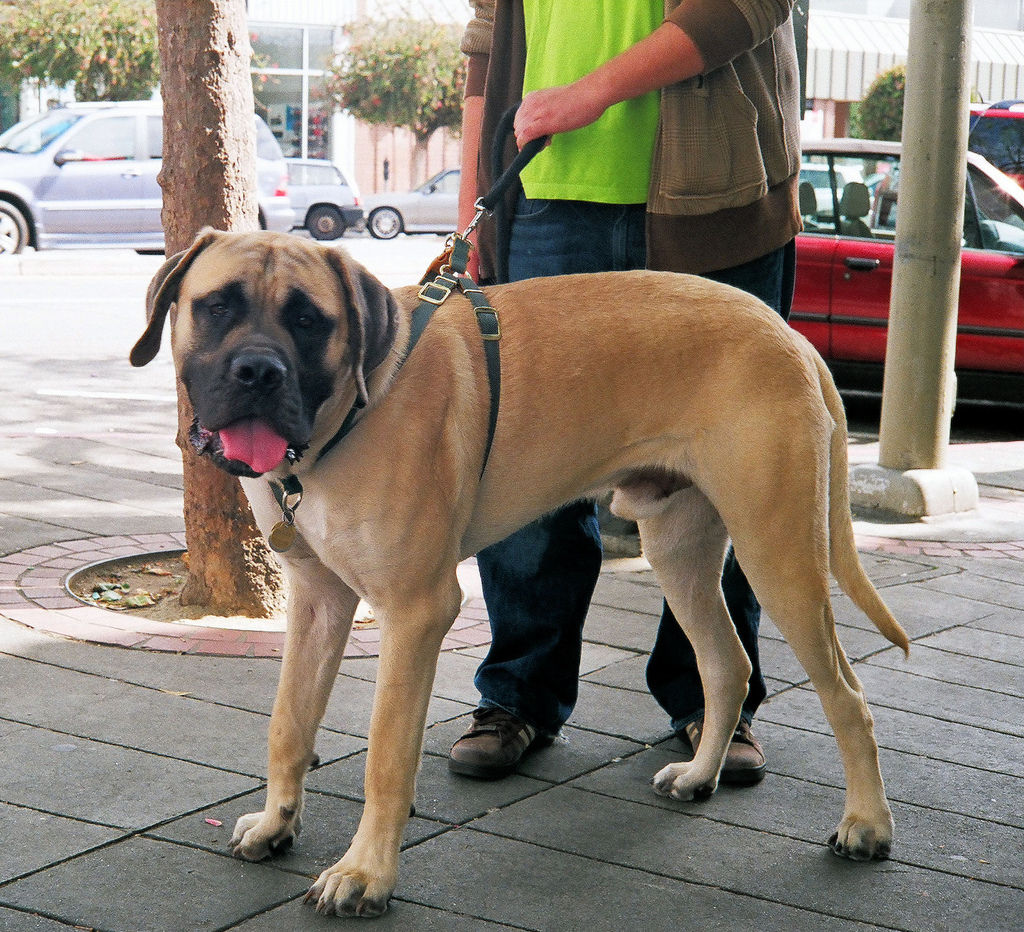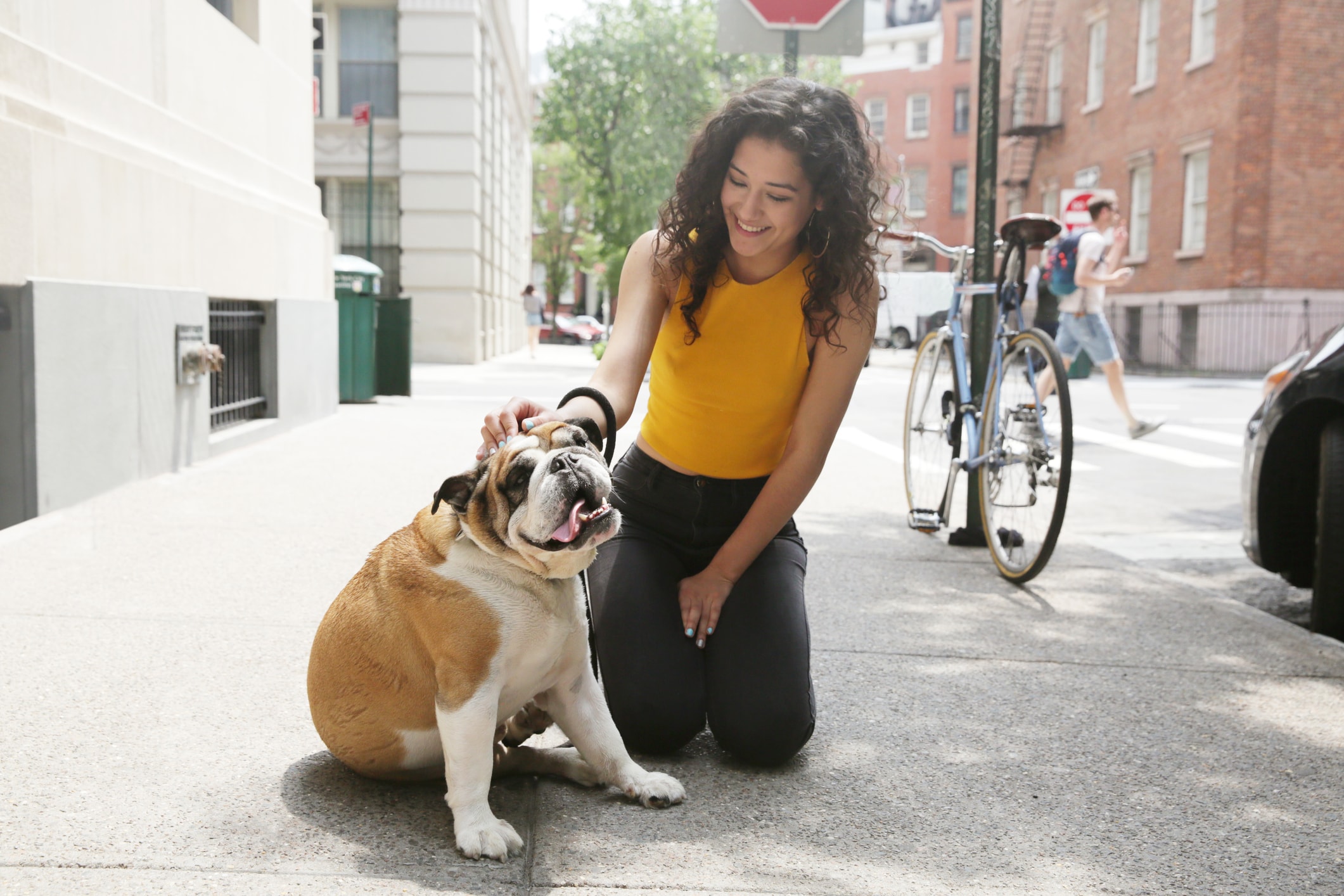Cold, wet and always curious, your dog’s nose is so much more than a crumb-detecting apparatus.
Your dog’s nose houses their primary sense when it comes to taking in the world around them, says Ronan Fitzgerald, veterinary technical advisor at Protexin Pet — but can also be the first part of their body to show signs when something’s amiss.
“A number of different conditions can affect the nose itself and these may result in crusting, ulceration, loss of pigment (color) or the development of nodules,” says Fitzgerald.
We asked veterinarians what a healthy nose should look like, how to spot signs of an unhealthy dog nose and what to do if you notice symptoms of a potential health issue.
What does a healthy dog nose look like?
If your dog’s nose is usually cold and wet, it’s likely to be in good working order, says Dr. Robert Gonzalez, regional medical director for Small Door Veterinary.
“A healthy dog’s nose should generally be moist, cool to the touch, and free of any unusual discharge. The skin should be smooth, without cracks or sores. The color can vary depending on the breed and individual dog, ranging from black to pink to liver-colored,” Gonzalez says.
Join Care for free
What are signs of an unhealthy dog nose?
Gonzalez warns pet parents to look out for signs like:
- Excessive dryness.
- Cracking.
- Peeling.
- Bumps.
- Unusual discharge.
- Bleeding.
“Variations in temperature and moisture are normal throughout the day,” notes Dr. Amanda Nascimento, a holistic veterinarian at NHV Natural Pet. “Look out for persistent dryness, crusting, discharge, swelling or changes in color. These could indicate an underlying health issue.”
Frequently asked questions about dog nose health
Vets share insights about dryness, swelling, discharge bumps and other signs that may point to an unhealthy dog nose.
Why is my dog’s nose always wet?
As it turns out, the wetness of your dog’s nose does more than just leave heart-shaped smudges on your window panes.
“A dog’s nose is usually wet because it helps with their sense of smell. The moisture traps scent particles, enhancing their ability to detect different odors,” says Nascimento.
Why does a dog’s nose have slits on the sides?
You might have noticed a slit at each side of your dog’s nose and may have even wondered if they’re caused by an injury or birth defect. These openings are normal and are actually a functional design that enhances your dog’s sense of smell.
“When [humans] inhale, we smell and breathe through the same airways within our nose,” says Fitzgerald. “However when dogs inhale, a fold of tissue just inside their nostril helps to separate these two functions. When they exhale, the air exits through the slits in the sides of their nose (the ‘wings of the nostrils’) and this actually helps pick up new smells. It also allows them to sniff more or less continuously.”
Why is my dog’s nose dry?
Though your dog’s nose should usually be cool and moist to the touch, it’s not unusual for it to occasionally feel dry.
“A dry nose is not always a sign of illness. It can occur due to environmental factors like dry air, exposure to heat or just after waking up from sleep,” says Gonzalez. If your dog’s nose is dry, they’re likely to lick it again soon to restore its moisture and odor-trapping capabilities.
“A dry nose is not always a sign of illness. It can occur due to environmental factors like dry air, exposure to heat or just after waking up from sleep.”
— Dr. Robert Gonzalez, regional medical director for Small Door Veterinary
“However, if the dryness is persistent, accompanied by other symptoms, or if the nose is cracked and painful, it should be evaluated by a veterinarian,” Gonzalez adds.
What should I do if my dog’s nose is cracked and bleeding?
Just like humans, dogs can suffer from dry, cracked or even bleeding skin. Similarly, mild dryness can often be treated with home care.
“Cracks or bleeding can result from dryness, sunburn or an underlying condition. Apply a pet-safe moisturizer and consult your vet if it doesn’t improve,” says Nascimiento.
Sometimes, though, persistent cracking and bleeding can be more serious than the result of a dry environment or a slight sunburn.
“Cracked and bleeding noses can be due to several issues, including dryness, trauma, infections, allergies or autoimmune diseases. This condition requires prompt veterinary attention to diagnose and treat the underlying cause, as it can be very uncomfortable and lead to further complications,” Gonzalez advises.
Why is my dog’s nose changing colors?
You might notice that your dog’s nose becomes lighter or faded in color during the winter. This phenomenon, known as “snow nose” or “winter nose,” is especially common in certain breeds, Gonzalez notes. The pigment will likely return by the summer.
“However, sudden or dramatic changes in color could indicate an underlying health issue, such as a skin condition, autoimmune disease or infection, and should be checked by a veterinarian,” says Gonzalez.
“Swelling can indicate an allergic reaction, injury, infection or even a tumor. It’s important to have this evaluated by a vet promptly.”
— Dr. Amanda Nascimento, holistic veterinarian at NHV Natural Pet
What can cause a swollen dog nose?
A swollen dog nose can be the result of painful inflammation and, if severe, can obstruct their breathing.
“Swelling can indicate an allergic reaction, injury, infection or even a tumor. It’s important to have this evaluated by a vet promptly,” says Nascimiento.
What does it mean if my dog has nasal discharge?
Gonzalez notes that while some slight nasal discharge can be normal, unusual colors or odors can indicate a health issue like an upper respiratory infection.
“Unhealthy nasal discharge is often thick, colored (yellow, green or bloody), and may have a foul odor. This can indicate infections, foreign bodies, dental issues or systemic illnesses and should be evaluated by a veterinarian,” says Gonzalez.
Is it normal for my dog’s nose to be bumpy?
The surface of every dog’s nose is covered with a unique pattern of textured ridges. This pattern is as unique as a human’s fingerprints and may one day be used to identify lost or stolen dogs through a biometric scanning app featured on Techcrunch.
Sudden changes in the texture of your dog’s nose, though, may be a cause for concern.
“Small, smooth bumps can be normal, especially in older dogs. However, new, rapidly growing, or irregular lumps should be checked by a vet to rule out conditions like infections or tumors,” says Nascimiento.
The bottom line
Every dog’s nose is different and variations throughout the day and over the course of your dog’s life are not unusual.
“However, new, rapidly growing or changing bumps, lumps or lesions on or near the nose should be evaluated by a veterinarian,” says Gonzalez. “Concerning signs include bleeding, discharge, ulceration or the dog showing signs of discomfort or pain.”
If you notice concerning symptoms or have specific questions about keeping your dog’s nose healthy, schedule an appointment with your veterinarian for treatment and advice.
